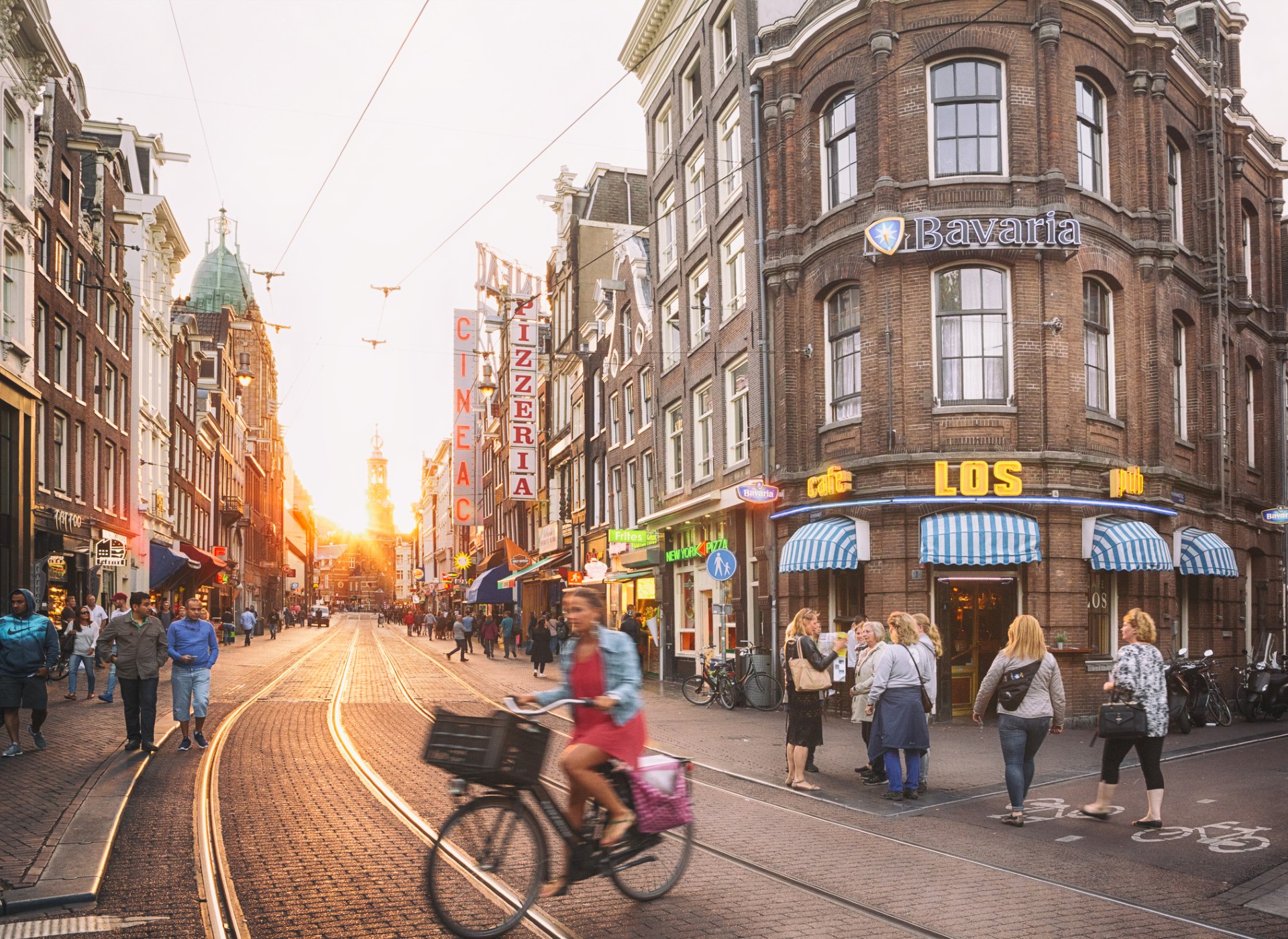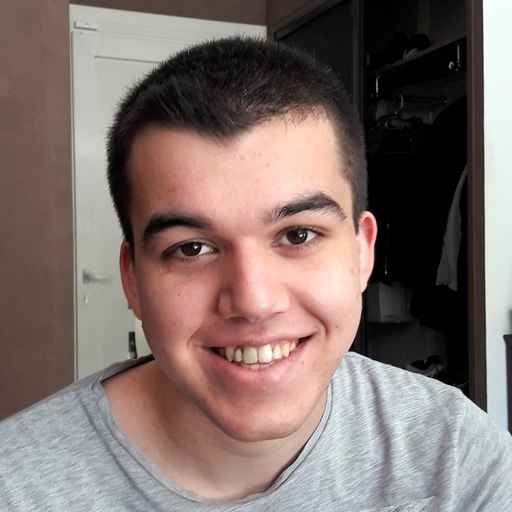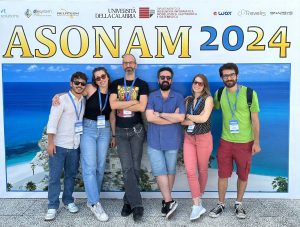
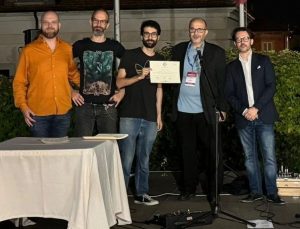
NERDS’ summer sheneanigans continue at ASONAM, in the beautiful and sunny Calabria. Lucio La Cava and Alessia Galdeman held a tutorial on Mining, Modeling, and Analyzing Decentralized Social Media. Alessia Antelmi organized the HyperSci workshop on Theory and Applications of Hypernetwork Science. Luigi Arminio and Daniele De Vinco presented at the PhD Forum. Luca Aiello fulfilled his duties as the conference Program Chair. Luigi won the prize for the best PhD forum contribution!

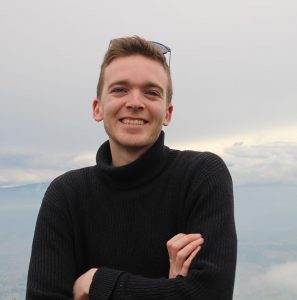 Lasse is a co-financed PhD student and at the center of a multi-partnered research project! He will work at the intersection of the Danish Police (financial crimes section), the AI Pioneer Center, and NERDS @ ITU. His project will focus on the application and development of network science tools to fight financial crimes. He has valuable abroad experience, having received his master degree in Israel and he will be with us for four years.
Lasse is a co-financed PhD student and at the center of a multi-partnered research project! He will work at the intersection of the Danish Police (financial crimes section), the AI Pioneer Center, and NERDS @ ITU. His project will focus on the application and development of network science tools to fight financial crimes. He has valuable abroad experience, having received his master degree in Israel and he will be with us for four years.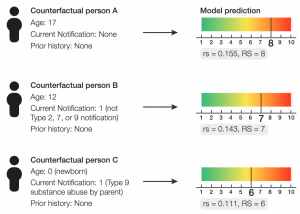


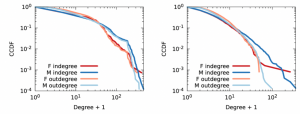




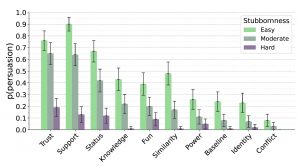

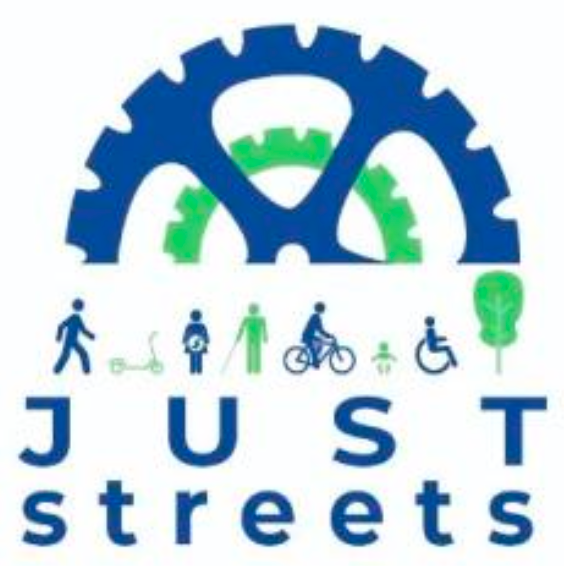 that has just started! The consortium includes 12 European cities representing more than 4.5 million citizens. The project aims to transform cities’ car-centered mobility narratives that take for granted that streets are for motorized traffic only, to promote walking, cycling and other active modes of mobility.
that has just started! The consortium includes 12 European cities representing more than 4.5 million citizens. The project aims to transform cities’ car-centered mobility narratives that take for granted that streets are for motorized traffic only, to promote walking, cycling and other active modes of mobility.